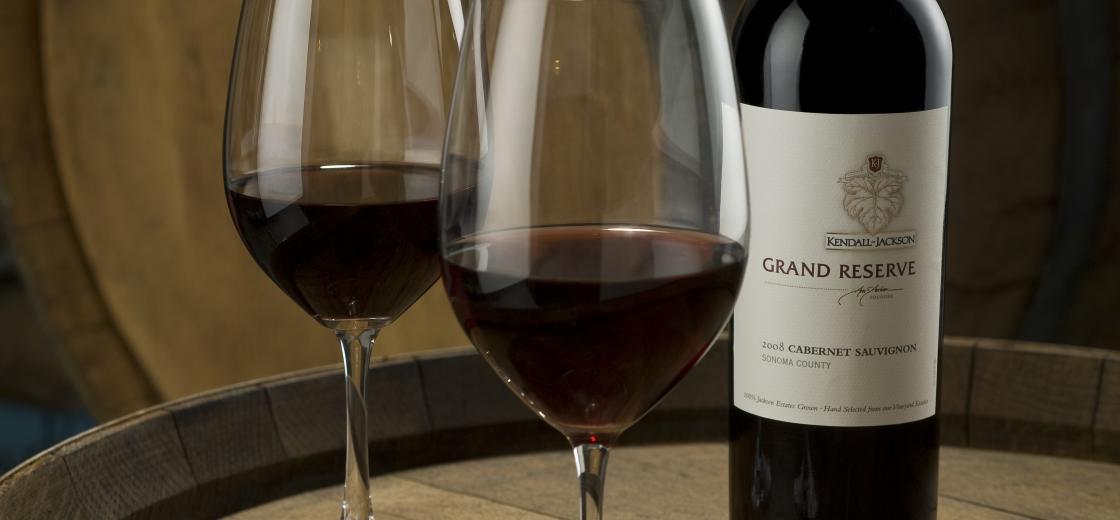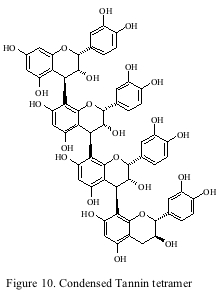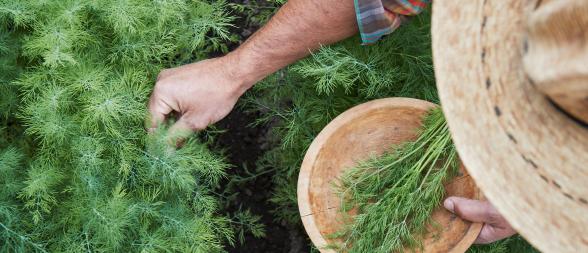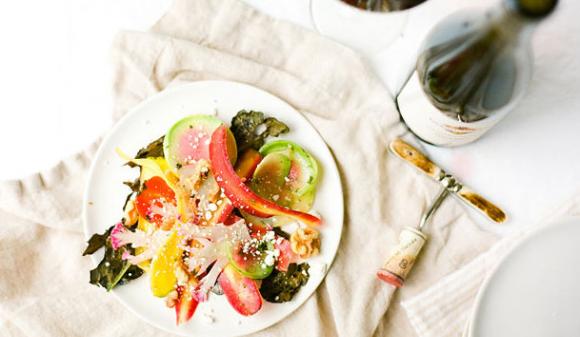
Why Are Tannins So Crucial To Red Winemaking?
In 2010, Kendall-Jackson participated in a seminar on high-altitude winemaking. The winemaking team here was particularly eager to participate because we wanted to confirm what we’ve known all along: great red wines are particularly rich with tannins. And, for us, that means high altitude vineyards.
Winemaster Randy Ullom reported some of the findings from this research we conducted on tannins. Our philosophy has always been that the best wine comes from the best land; a core tenant of this philosophy is that mountain grapes produce better wines. A large part of that has to do with how much tannin is found in those particular grapes.
So, just what is a tannin? In general terms, we define tannin as any substance that precipitates protein. Tannins in wine will react with the salivary protein in our mouth and precipitate (or coagulate) with it. The result is reduced slipperiness, or a feeling of roughness on the tongue and cheeks. They also are responsible for the weight, texture and stable color in red wines. As a result, wines that are richer in tannin and color are generally judged to be higher quality and more desirable.

This means winemakers pay very close attention to the tannin levels found in the red wines they create. From careful extraction to terroir to judging the maturity of grape skins and seeds at Harvest, experienced winemakers who craft excellent wines have a lot to monitor in order to ensure the tannins are balanced and pleasant to the consumer.
Tannins: Why They Are So Important
In order to further understand why that tannin content is so critical to a winemaker like me, we need to step back and discuss tannins in general. So, beyond the dryness you get in the back of your mouth when you’re drinking a particularly tannic red wine, what is it and where do they come from?
Tannin in wines comes largely from the grape skins and seeds, with some contribution from oak if the wine is aged in barrels. It is a general name used to refer to the polymers of a class of compounds called phenolics.
Tannin content also varies by variety. In general, Pinot Noir has the least tannin, followed by Zinfandel, Merlot, Syrah and Cabernet Sauvignon. Some Cabernets, for example, have up to three times as much tannin content as the typical Pinot Noir. The undisputed king of tannins, though, is the Tannat grape. Tannat’s name comes from the word tannin, so you could imagine what that means.
Tannins: Surviving On The Vine
Early on in the growing season the unripe berries on the vines have a harsh, bitter characteristic. This is an extremely important plant function and is part of its plan to survive for future generations. Survival and propagation of a grape seed generally takes these steps:
First, the bitterness of the seed is an indication to animals that they might be poisonous so they should be avoided. These protective measures are all there to allow the seed to mature and be viable to grow into a new plant. Second, the tannin in the skins of the berries is present to fight off microbial and fungal infections that would cause the young fruit to rot. Finally, phenolic compounds in the skin also provide protection from ultraviolet rays, much like sunscreen. This helps the grapes survive an important threat: sunburn. Scorched grapes don’t make for very good wines.
As the grapes start to ripen on the vine, the tannins in both the skin and seeds start to evolve. This evolution is also part of the plant’s survival strategy. Now that the seed is mature and viable to grow, the vine can give up the need to protect it from predators.
Sugar accumulates in the berry to make it attractive to birds, which can spread the seeds far and wide, and the skin tannin becomes less astringent and bitter. Winemakers wait for this evolution. We taste the skins and seeds to examine the quality of the tannins in the fruit and this gives us an idea of how the tannin will be in the finished wine. Once the overall flavor, the combination of sugar, acid and skin ripeness, reaches the perfect balance we signal the time to pick and Harvest begins.
Tannins: In Winemaking
A critical point in tannin management for a winemaker is the fermentation on the skins. We pay careful attention to extraction during fermentation in order to try to shape a wine that has adequate tannin for the sensation of weight and roundness, but without extracting so much that the wine appears extremely harsh or astringent.
Fermentation style also plays a role here, as extraction is not the only thing going on. Wine is a very complex solution with lots of other large molecules that come not only from the grapes, but also from the yeast. A wine that is very rich in tannins can appear soft if the tannin is complemented with other macromolecules that prevent it from interacting with the saliva in our mouths.
In addition to this extraction process, terroir also plays a role in how much tannin will be present in a given wine. We prefer grapes on our hillside vineyards or where soils are very well drained, because this favors concentration and small berry size: The smaller the berry, the greater the percentage of skins relative to the juice in the fermentation vessel. The result is a wine with higher tannin and color levels than wines that come from valley floor fruit.
This brings me all the way back to that 2010 seminar and research presented by Winemaker Randy Ullom. It turns out that the elevated wines from Mount Veeder and Hawkeye Mountain were compared to wines from valley floor vineyards from similar latitudes. The result was just what we would have predicted: The mountain wines contained 50% more tannin and stable color compounds than the valley vineyards. That’s a real testament to mountain winemaking and the tannins that make the wine so enjoyable.





